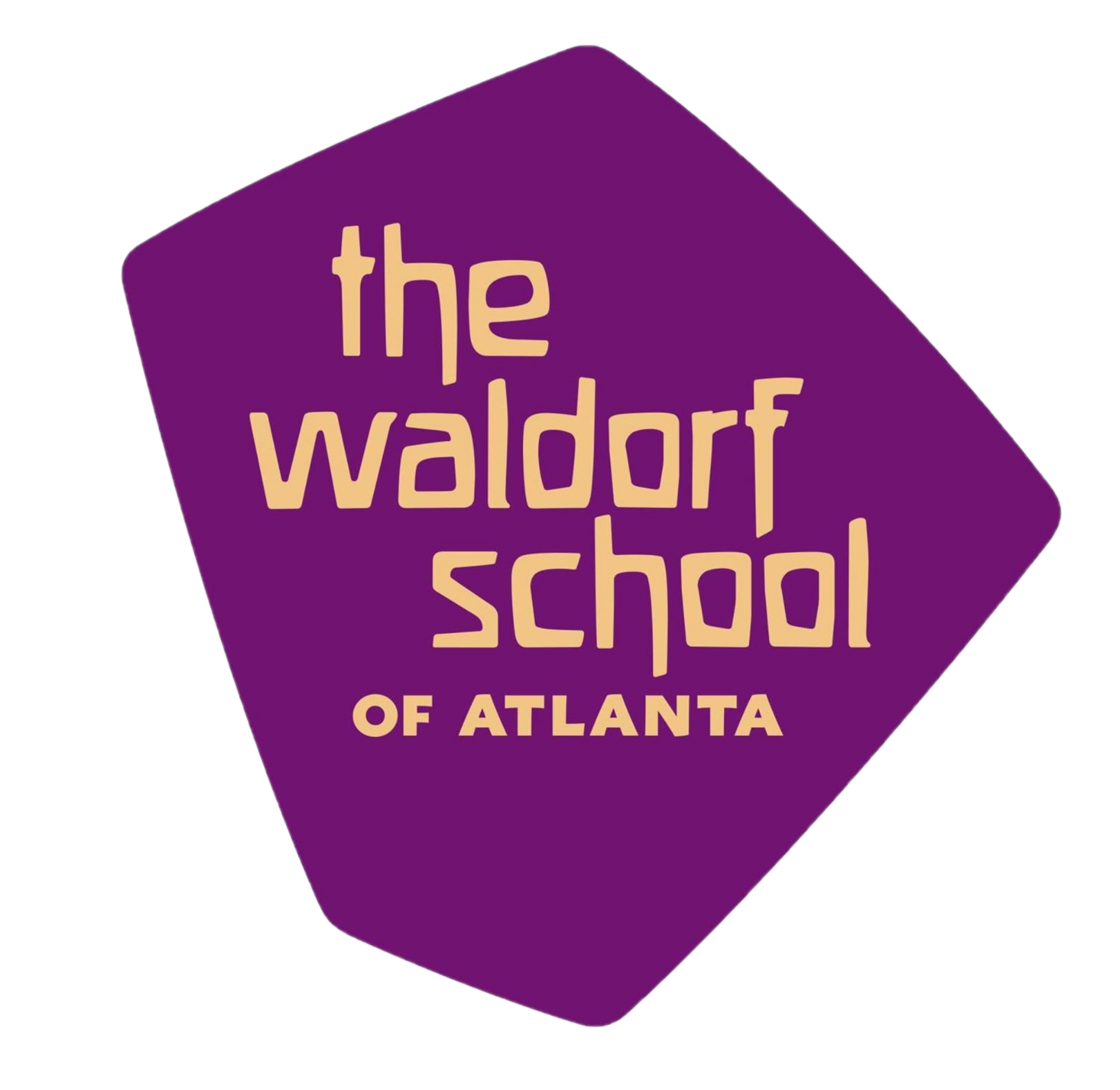An Education for the Times
Talking with Grade 7 teacher Khadeeja Abdul-Jabbar about creating a socially just education and connecting with middle schoolers at The Waldorf School of Atlanta.
“My wish for our community, and for educational communities at large, is that we redirect our focus to what it means to have a socially just community,” says Khadeeja Abdul-Jabbar, 7th grade teacher and Diversity, Equity, Inclusion and Justice (DEIJ) Coordinator at the Waldorf School of Atlanta. “Socially just communities are always looking for ways to meet the need for the truth, making space for change and transformation, even when it's uncomfortable. With a socially just community, the natural byproduct is diversity, equity, inclusion, and belonging.”
Since joining the WSA faculty in 2020, Ms. Abdul-Jabbar has brought this vision to The Waldorf School of Atlanta through talks, parent workshops, and book fairs. But some of the most transformative work is happening in the classroom, where Ms. Abdul-Jabbar and her colleagues have been reimagining the Waldorf curriculum with a lens toward social justice.
We talk with Ms. Abdul-Jabar about socially just education, renewing the Waldorf curriculum, and the magic of teaching middle school, below.
A Curriculum to Grow With
The Waldorf curriculum—which is used, with variations, in schools across the world—is elegantly designed to meet children’s intellectual, social, and spiritual development at every age and grade level. Since the first Waldorf school opened more than 100 years ago, the curriculum has served as a vital road map for what to teach and when to teach it.
“The Waldorf curriculum was very eurocentric in its inception, which makes sense. It was the early 1900s when [founder of Waldorf education] Rudolf Steiner began this work in Germany,” Ms. Abdul-Jabbar explains. At the same time, she sees an inherent openness and creativity in the Waldorf approach. “If you look at Steiner’s work—and specifically his practical advice for teachers—he says our goal is to meet the children where they are in the times that they're in.”
While completing her teacher training program at the Rudolf Steiner College Canada in Toronto, Ms. Abdul-Jabbar started reviewing the traditional Waldorf curriculum, “looking at how we could find space for more voices in the curriculum, so that we are painting a more true picture of the human experience.” Today Ms. Abdul-Jabbar collaborates with faculty in continuing this work.
Importantly, bringing a modern lens to the Waldorf curriculum goes deeper than simply adding or removing material. To begin, teachers must understand what qualities each topic brings to students. “Waldorf can be transformative in approaching these issues by digging deeper and really asking questions,” says Ms. Abdul-Jabbar. “The grades teachers as well as the specialists come together to look at not only the lesson block itself, but the grade. We ask, What is the question for this grade? Where are the children at this point in their growth as a human being? We look at what we call a soul question, which is the why. Why are we teaching this thing? And how do we find space for new stories, new narratives?”
Explorers Reimagined
As a teacher and as DEIJ coordinator, Ms. Abdul-Jabbar has been satisfied to see the results of WSA’s adaptation of the 7th grade social studies main lessons on the Age of Exploration, which traditionally covers the biographies of European explorers, from Marco Polo to Magellan. While the stories of boldness and adventure are soul food for the 7th grader, Ms. Abdul-Jabbar reenvisioned the block to provide a fuller picture of human experience.
“I started the block with the Polynesian explorers and talked about the Pacific archipelago and wayfaring,” Ms. Abdul-Jabbar explains, noting that the Pacific Islands were explored and settled without human interaction or conflict. “Instead of focusing on the conquistadors, I use Christopher Columbus as an archetype of the conqueror and what happens when an interaction between two different groups does not go well. Then we talk about when interactions between groups do go well. Is it possible for us to have completely two different views of the world, but come together in a way that's peaceful?”
In addition to providing a fuller picture, the revised explorers main lesson lays the groundwork for the study of modern history, typically taught the 8th grade year. After talking about the Age of Exploration, Ms. Abdul-Jabbar segues into “the transatlantic slave trade, the Middle Passage, and the forced migration of people from the African continent to the New World.”
Here, history provides a profound opportunity for reflection. “When we get to the Door of No Return in Ghana, we talk about what happens when we are freed from the construct of race. What happens when we hold this huge event that changed human history from a perspective of just being human? The kids really resonate with that.”
“Creative writing is a huge part of the seventh grade and eighth grade curriculum, so they all wrote about what it means to never return to something, from whatever perspective they wanted to use,” says Ms. Abdul-Jabbar. “The poetry and the art that comes from that moves me every time.”
“Magic Every Day”
As the current 7th grade teacher, Ms. Abdul-Jabbar has an opportunity to see her work in practice, and she is inspired by the outcome she sees in students. “I just love these main lessons—and to teach it with middle schoolers is great, because they're so open to these conversations,” Ms. Abdul-Jabbar says. “They are still young enough to imagine not having to identify with race. The outcome is just beautiful to me.”
“Middle school feels like a collaborative learning experience and process for me as a teacher because the students have the most amazing ideas and they are hungry for the knowledge while still very attached to their feeling life,” she says. “If you allow space for that, the possibilities are endless—it's magic every day.”


